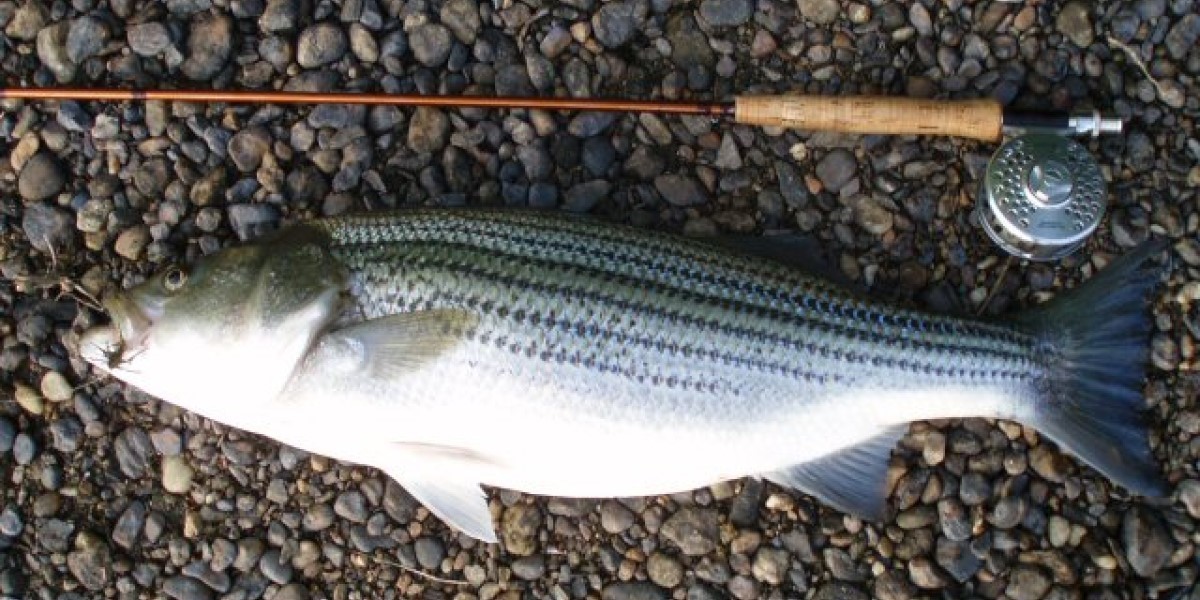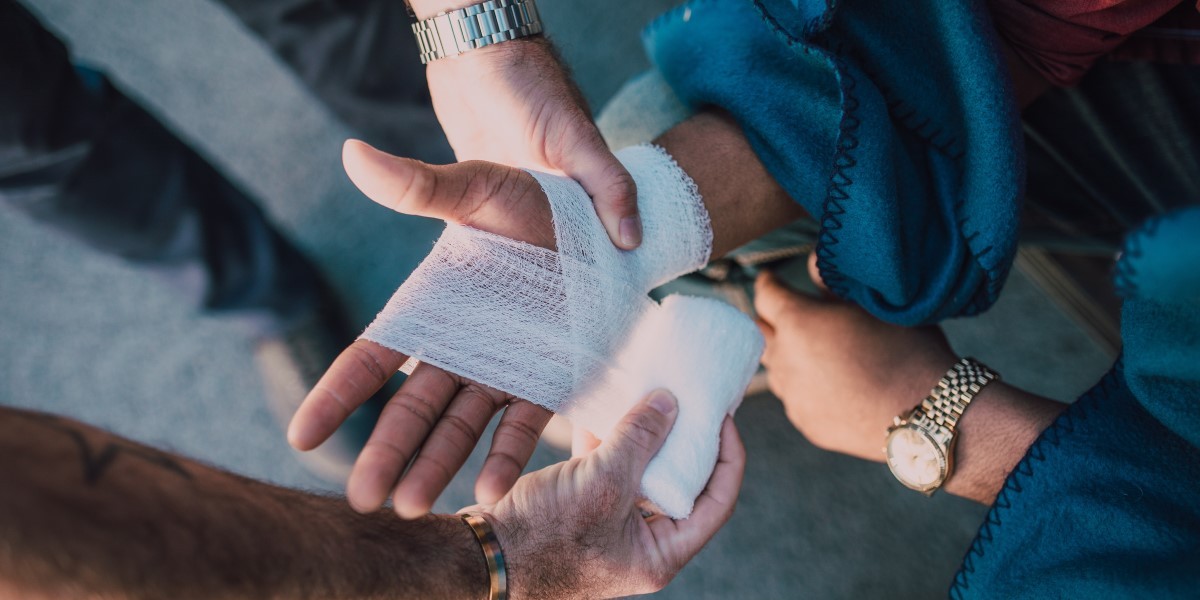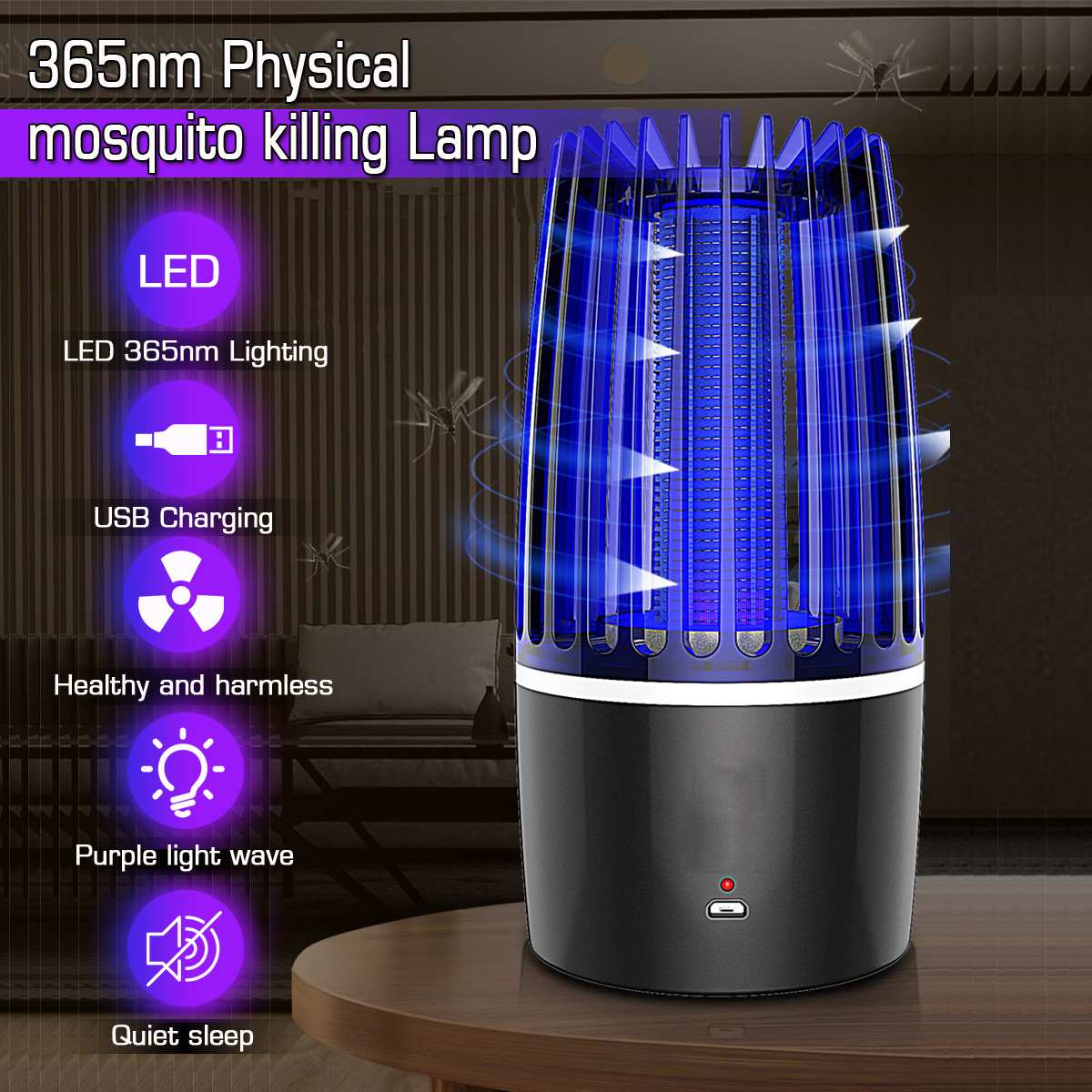Fly fishing can be an intimidating sport when you’re relatively new to it. Simply learning to cast is an art form in itself. Not to mention that making your fly resemble a living thing that a fish might want to eat is like learning a delicate dance. So when the day comes that you hook your first fish, how do you reel in a fly rod?
How to Set the Hook with a Fly Rod
First things first, let’s make sure you’re able to achieve a solid hookset when you feel a bite. Here’s how to effectively set the hook with a fly rod:
- Start in “Ready Position,” with the line controlled by your index finger while awaiting a strike.
- Don’t set the hook too hard, or you risk breaking your line or missing the bite.
- Set the hook with a quick, firm motion. If there is a lot of slack line, pull it in with your free hand before setting.
- Set the hook in the right direction. Most fish position themselves facing upstream, so set the hook downstream for a solid hookset.
Landing Fish with a Fly Rod
Once a fish is firmly hooked, do you reel in a fly rod right away, or let the fish take line? In many cases, that depends on the fish. Small fish can often be brought in quickly, sometimes without even touching your reel. But big fish require more finesse.
A strong fish can easily break your line if you attempt to simply reel it in straight away. Therefore, both the rod and the reel are tools used to gain the upper hand before landing fish with a fly rod.
How Do You Use the Rod?
A fly rod offers you leverage as well as “give.” While the fish is on the hook, hold the rod high. This allows you to drop the rod tip, if necessary, to soften the impact when the fish makes a sudden run. Holding the rod high also maintains tension and avoids slack line, which is crucial to keeping the fish on the hook.
When Do You Reel in a Fly Rod?
In some cases, you may not need to touch your reel at all, especially if you’ve hooked a small fish relatively close to you. But you may need you actively use your reel to bring in a big fish. These tips will help:
- Set the drag correctly. A fish should be able to pull out a small amount of line if it makes a hard run. However, it shouldn’t be able to strip large amounts from the reel.
- If there’s a lot of line out when the fish strikes, you may need to first strip the line back in by hand. Strip line back in with your free hand, controlling it with one finger against the rod, and reel it back in as you go. Once all the slack line is back in, then the fish is “on the reel.”
- Once the fish is on the reel, lift the rod to bring the fish closer. Then slowly reel in the slack while lowering the rod. Do this until the fish is close enough to net.
Do You Reel in a Fly Rod Right or Left Handed?
This is a common question, and the fact is, there isn’t a simple right answer. You can set up fly fishing reels either way. It’s largely a matter of doing what makes you feel most comfortable.
That being said, the majority of fly rods are set up to be held in your dominant hand, and reeled in with your non-dominant hand. So if you’re right handed, you hold the rod in your right hand and reel with the left. It may take you some time to get used to reeling this way if you’re accustomed to fishing with a spinning rod!
Final Thoughts: How Do You Reel in a Fly Rod?
It’s worth keeping in mind that we were all beginners once, and hardly anybody gets it right on the first try. Hooking and landing a fish using a fly rod is something you’ll get better and better at with experience, and learning how to use the reel to your advantage is just part of the process.
Featured Photo by Michael Aleo on Unsplash





